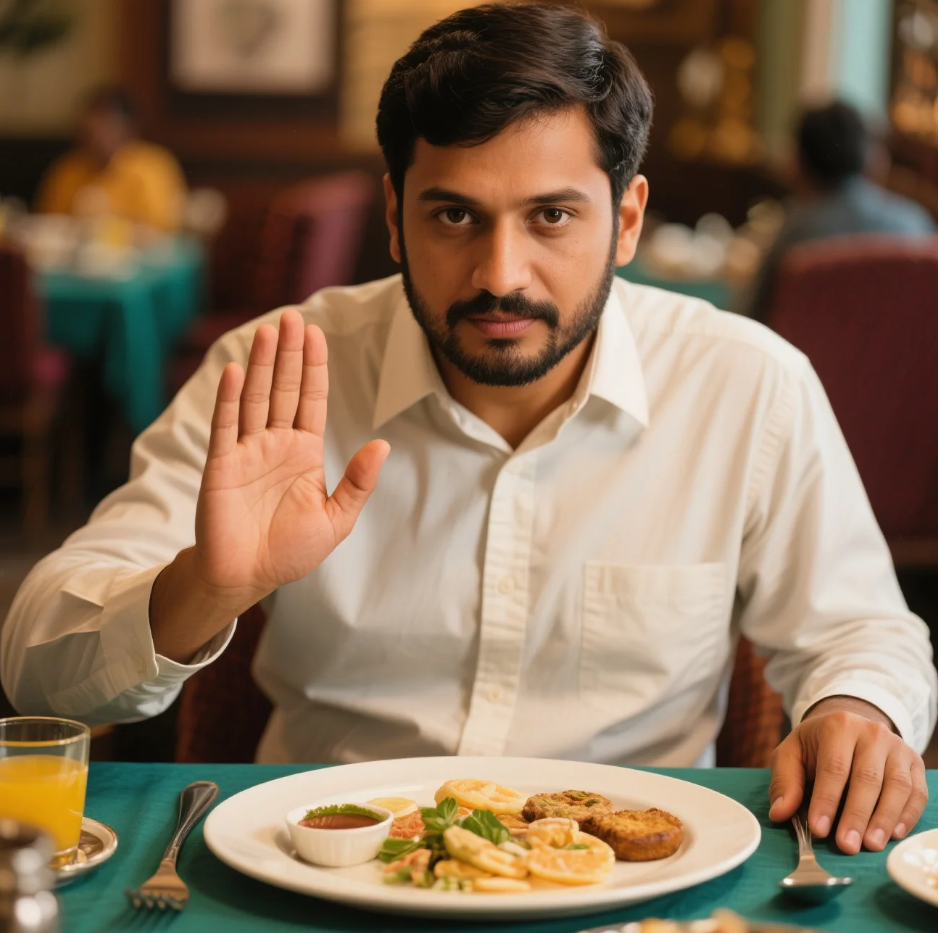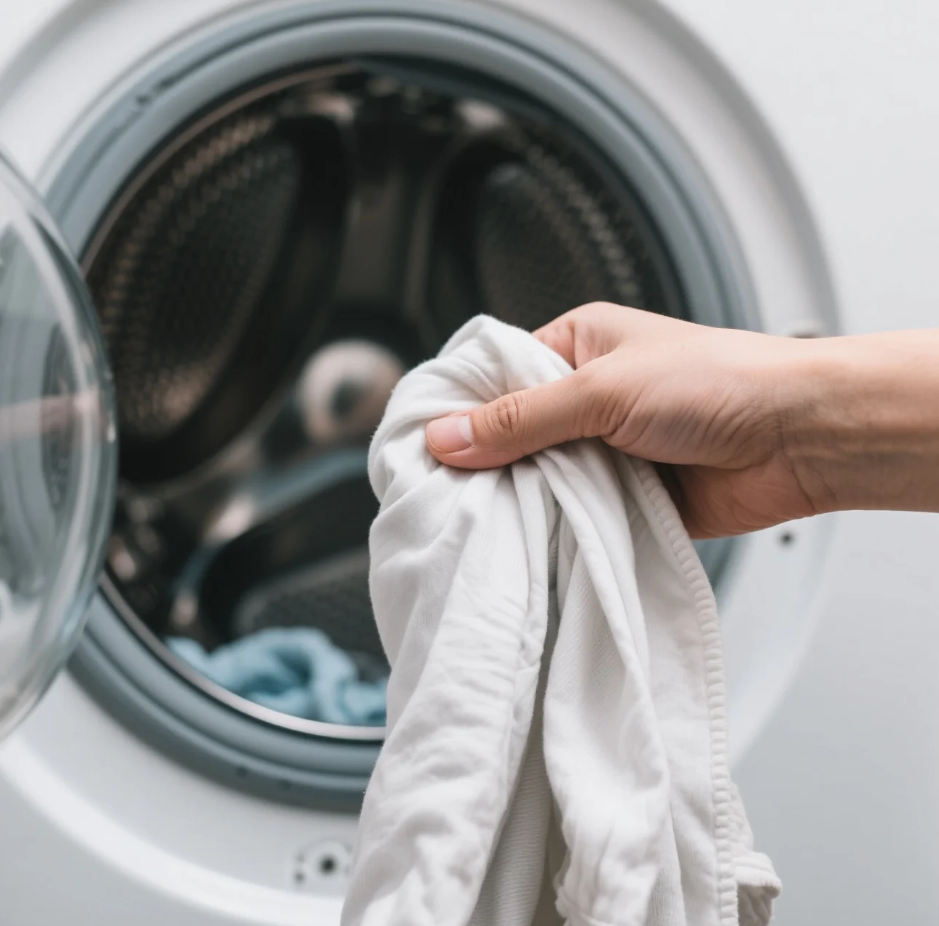
Decoding whether someone is into you—or just being friendly—can feel like trying to solve a Rubik’s Cube blindfolded. One moment they’re laughing at your jokes a little too hard, the next they’re talking about their weekend plans with a vague “friend.” But don’t worry—body language can reveal what words won’t.
Welcome to the subtle, unspoken world of non-verbal signals, where the difference between romantic interest and platonic kindness can be found in a glance, a touch, or the tilt of a head. Let’s break down how to distinguish between flirting and friendliness so you don’t misread the signs or miss your chance.
The Science Behind Flirtation and Friendliness
Before diving into specific cues, it helps to understand that both flirting and friendliness are driven by different psychological motives. Flirting typically stems from attraction, interest, and a desire to form a closer, more personal bond. Friendliness, on the other hand, is grounded in social connection, kindness, or politeness.
The key? The intensity, context, and consistency of the signals.
Eye Contact: The Eyes Have It
Flirting:
- Prolonged, lingering eye contact
- Pupil dilation when looking at you
- Quick glances followed by a smile or looking away bashfully
Friendly:
- Brief eye contact followed by casual scanning of the room
- Equal eye contact with others in the group
When someone is romantically interested, their gaze tends to focus more intensely on your eyes and mouth. If they look at you like you’re the only person in the room, that’s a strong flirtation clue.
Smiles That Speak Volumes
Flirting:
- Slow, warm smiles that light up the entire face
- Smiles that linger after the joke is over
- Biting the lip or playful smirks
Friendly:
- Quick, polite smiles
- Smiling mostly in response to social cues
- Equal smiling at everyone around
Flirty smiles tend to be more personal and expressive. Think Mona Lisa with a secret.
Touch: Casual or Charged?
Flirting:
- Light, intentional touches on the arm, shoulder, or back
- Finding excuses to initiate physical contact
- Touching while laughing or during conversations
Friendly:
- Brief, practical touches (like a pat on the back)
- Accidental contact with a quick apology
- Rare or nonexistent touching
If their touch feels deliberate and paired with other signals (like smiling or leaning in), chances are it’s flirtatious.
Personal Space: Are They Closing the Gap?
Flirting:
- Standing or sitting unusually close
- Leaning in during conversation
- Finding ways to be physically near you, even in crowded settings
Friendly:
- Maintaining a standard personal space bubble
- Leaning back or shifting away when others approach
People who flirt tend to break personal space norms—in a comfortable way. If they consistently seek proximity, they may want more than just a chat.

Body Orientation: Who Are They Facing?
Flirting:
- Full body facing you, even their feet
- Open body posture, uncrossed arms
- Mirroring your movements or posture
Friendly:
- Body turned slightly away or toward the group
- Arms crossed, hands in pockets
- Limited mirroring
The direction their feet are pointing can be surprisingly telling. If their toes (and torso) are aimed directly at you, they’re likely paying focused attention—and possibly flirting.
Vocal Cues: Tone and Tempo
Flirting:
- Softer, slower, or more melodic tone
- Playful teasing or joking
- Laughing more than the situation calls for
Friendly:
- Neutral or professional tone
- Conversations stick to safe or general topics
- Laughing at appropriate moments
Flirtatious tones tend to be warmer, more engaging, and expressive. Think of it as voice body language.
Nervousness: When They Can’t Keep Still
Ironically, signs of nervousness can often suggest romantic interest.
Flirting:
- Fidgeting with clothing or hair
- Glancing around then quickly back at you
- Sudden bursts of energy or awkward giggles
Friendly:
- Calm demeanor
- Relaxed posture and hand movements
- Comfortable silence
Crushes make people act weird. And that weirdness is sometimes adorable evidence that they’re into you.

Contextual Cues Matter
Behavior can be misleading without considering context. For instance, friendly colleagues might sit close during a team lunch because the table is small—not because they’re secretly in love. Context helps separate coincidence from intention.
Consistency Is Key
One-time actions aren’t enough to draw conclusions. But patterns are powerful. If someone consistently makes more eye contact with you, finds reasons to touch you, and laughs at all your jokes over time, the scales tip toward flirtation.
Mixed Signals: Flirting or Just Socially Smooth?
Some people are naturally charismatic and warm, making it tricky to determine their intent. In these cases, watch for the combination of flirtatious cues with exclusivity. If their flirtatious behavior is unique to you, that’s a green flag. If they treat everyone the same, it may just be their social style.
When in Doubt, Ask (But Gently)
If you’re still unsure, there’s no harm in a low-stakes, respectful question. Try light conversation starters like:
- “You always make me laugh—do you flirt like this with everyone?”
- “I’m bad at reading signals—are you just being friendly or is this something more?”
A little self-awareness and humor go a long way in avoiding misunderstandings.
Trust the Vibe, Not Just the Signals
Body language offers a treasure trove of insights, but it’s only part of the story. Emotional intelligence, context, and open communication round out the picture. If something feels off—or feels exciting—your intuition is worth listening to.
Flirting and friendliness live on the same spectrum. But once you learn to read the body’s secret language, you’ll become a master of decoding what’s really being said—even when no words are spoken.
Visit yaptalk.top for more eye-opening social hacks and human behavior breakdowns that make life, love, and conversation just a little more decoded.










































